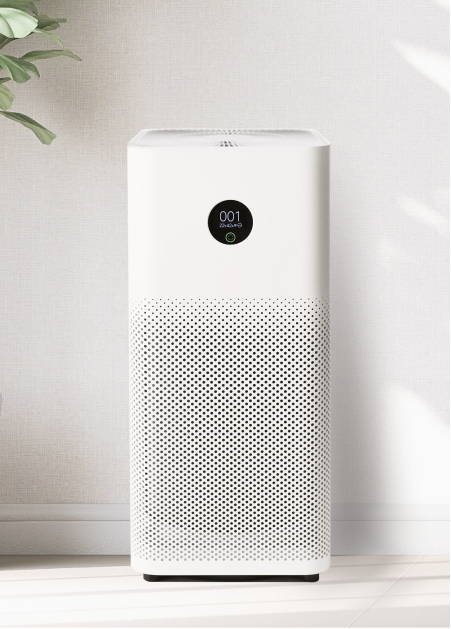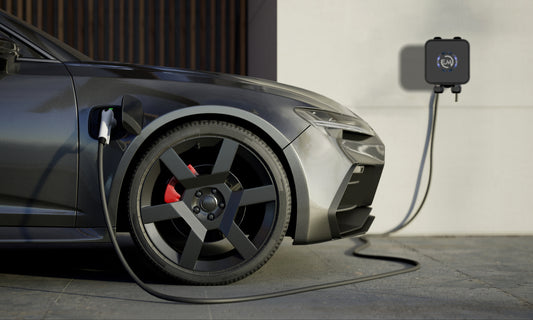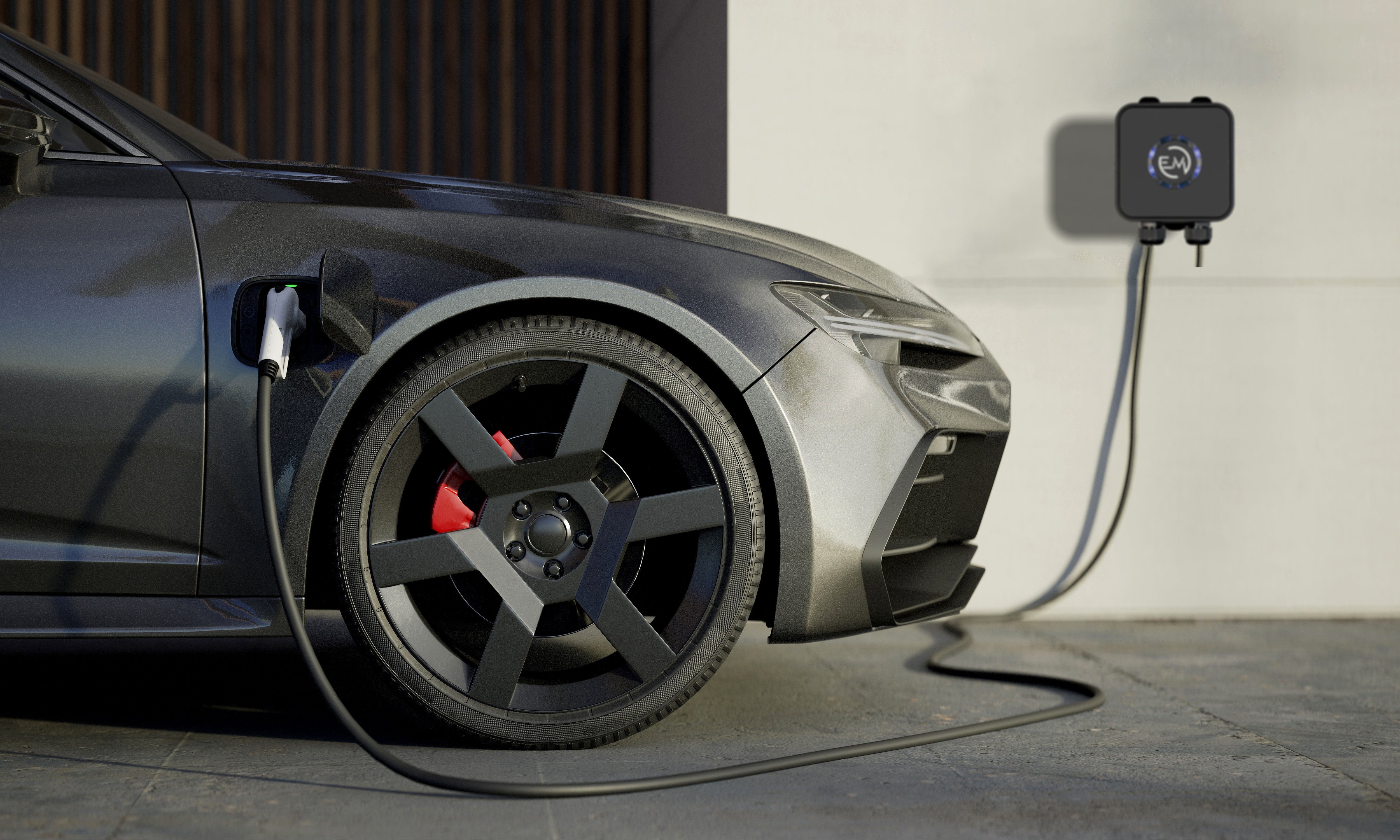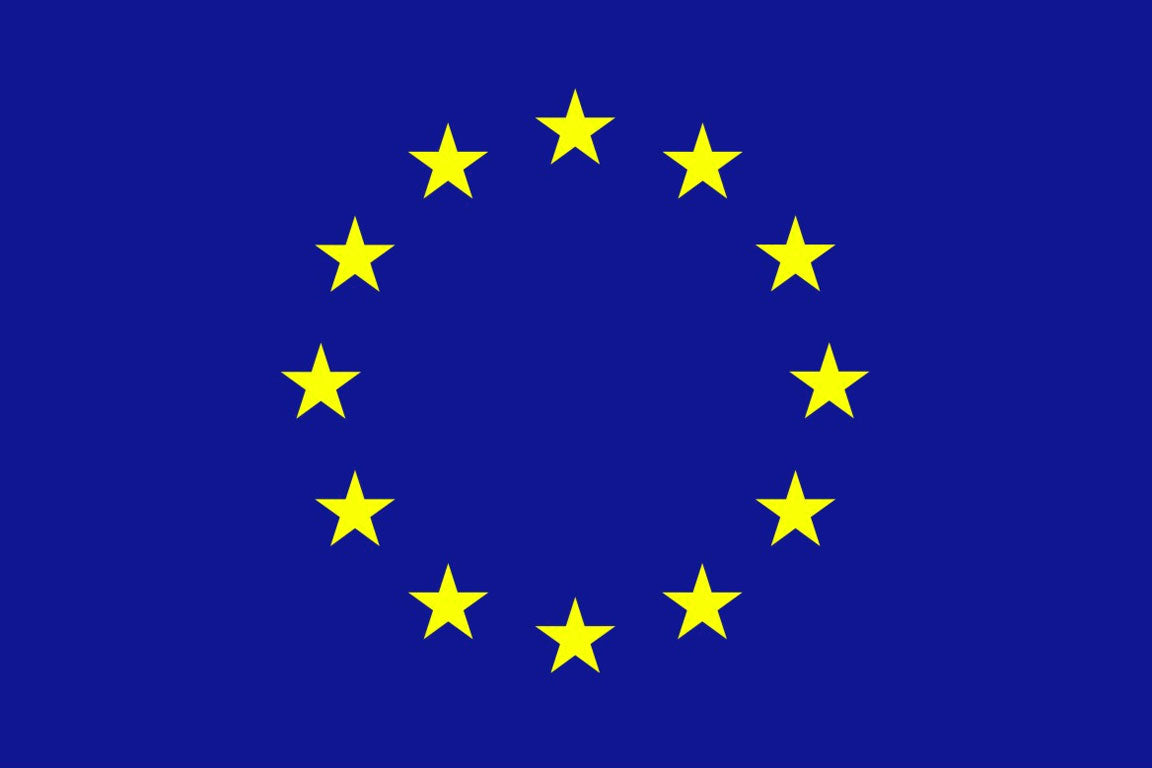
NEMO: Next Generation Meta Operating System
Leveraging on consortium partners research and technological excellence, along with clear business and exploitation strategies, NEMO aims to unleash the power of AIoT in an IoT-to-edge-to-cloud continuum to increase European autonomy in data processing required by future AIoT and hyper-distributed applications.
It is well known that the Internet of Things (IoT) is identified as one of the fastest growing ICT trends, while supporting economic growth and societal changes. According to McKinsey, the IoT market is expected to grow from $916.9B in 2020 to $1994.3B in 2029. A whole new range of applications that leverage data and metadata from connected “things” provide novel human-centric services in areas such as smart city and urban mobility, human-centric industry 4.0, smart agriculture, smart energy management, smart media and cultural experiences moving IoT to the Artificial Intelligence of Things (AIoT). To maximize the AIoT potential, “connected things”, ranging from low-end devices, such as simple sensors and actuators to collaborating swarms of intelligent systems, such as autonomous cars, Unmanned Aerial Vehicles (UAV) and robots need sufficient, real-time, secure and trusted support from the edge cloud, including storage, computational and processing resources, along with Artificial Intelligence support.
NEMO (Next Generation Meta Operating System) sets several core objectives:
O1: Define an open, scalable, cybersecure and federated mOS focusing on the AIoT-to-edge-to-cloud continuum;
O2: Enable on-device Cybersecure Federated Deep Reinforcement Learning (CF-DRL), bringing cognitive intelligence closer to the data, where decisions are made, while supporting integrally any mOS’ and apps’ decision;
O3: Deliver a federated meta Network Cluster Controller (mNCC) and associated network adapters to interface on demand existing/emerging IoT/5G/6G network management and routing protocol APIs offering time-triggered multipath/multitenant/multi-cloud clusters, while supporting zero-delay failback/self-healing “by design”;
O4: Implement a “by-design” Secure Execution Environment (SEE) to support transparently over the majority of IoT devices sandbox creation, and secure micro-services and unikernels (remote) execution;
O5: Deliver a novel SLO-sensitive meta-Orchestrator, offering optimal micro-services scheduling/ migration, while respecting policies and KPIs, including significant reduction of the energy consumption and the CO2 footprint;
O6: Design and implement ZeroOps Management tools to support NEMO on-time cluster nodes auto-configuration and improve developer productivity via intent-based programming;
O7: Introduce a novel Monetization and Consensus-based Accounting (MOCA) mechanism to enable flexible business models and accelerate pre-commercial exploitation of multi-tenant IoT-to-edge-to-cloud continuum;
O8: Unified mOS Cybersecurity and Policy Compliance Enforcement mechanisms, ensuring federated identity, ingress control and policy enforcement, including data and micro-services privacy and ethical usage attestation;
O9: Validate NEMO as an integrated SW framework, with tiny footprint, able to be almost instantaneous deployed to ideally any AIoT device, installed via diversified and heterogeneous use cases and Testbeds/Living Labs;
O10: Widespread NEMO penetration and massive acceptance via liaison with Open Source communities, initiatives, SDOs and engagement of 3rd party SMEs via tools, incentives, pilot facilities and financial motivation.
In particular EMOTION will be involved in the Italian Pilot Smart Mobility/City Use Case to realise driver-friendly scenarios for smart city mobility and dispatchable charging of EVs based on RES demand-response along with human-centred smart micro-contracts and micro-payments. The use case will utilize basic geography, street-level, public transportation, weather and noise data, along with historical data and analysis of CCTV/traffic cameras to model and train distributed AI models on traffic flow and parking prediction in a greedy layer wise fashion. The scenario will be open to future autonomous moving buses, though they are not currently foreseen. The Italian pilot will utilize 4 Medium/Low Voltage substations, a 200 kW photovoltaic local generation plant, which often has an electricity surplus, generated from fluctuating RES and 65 smart EV Chargers. Moreover, a fleet of six leased EVs offered by EMOT will be part of the pilot infrastructure together with at least 3 additional smart EV chargers (one 52 kW fast charger and two 22 kW ones). The pilot will utilise WIND 5G network, TSN by CMC and a novel twin Green Data Centres infrastructure (in Italy by ASM and in Germany by RWTH) to utilize energy consumption and green (RES based) microservices execution using CO2 footprint as one of the KPIs.






